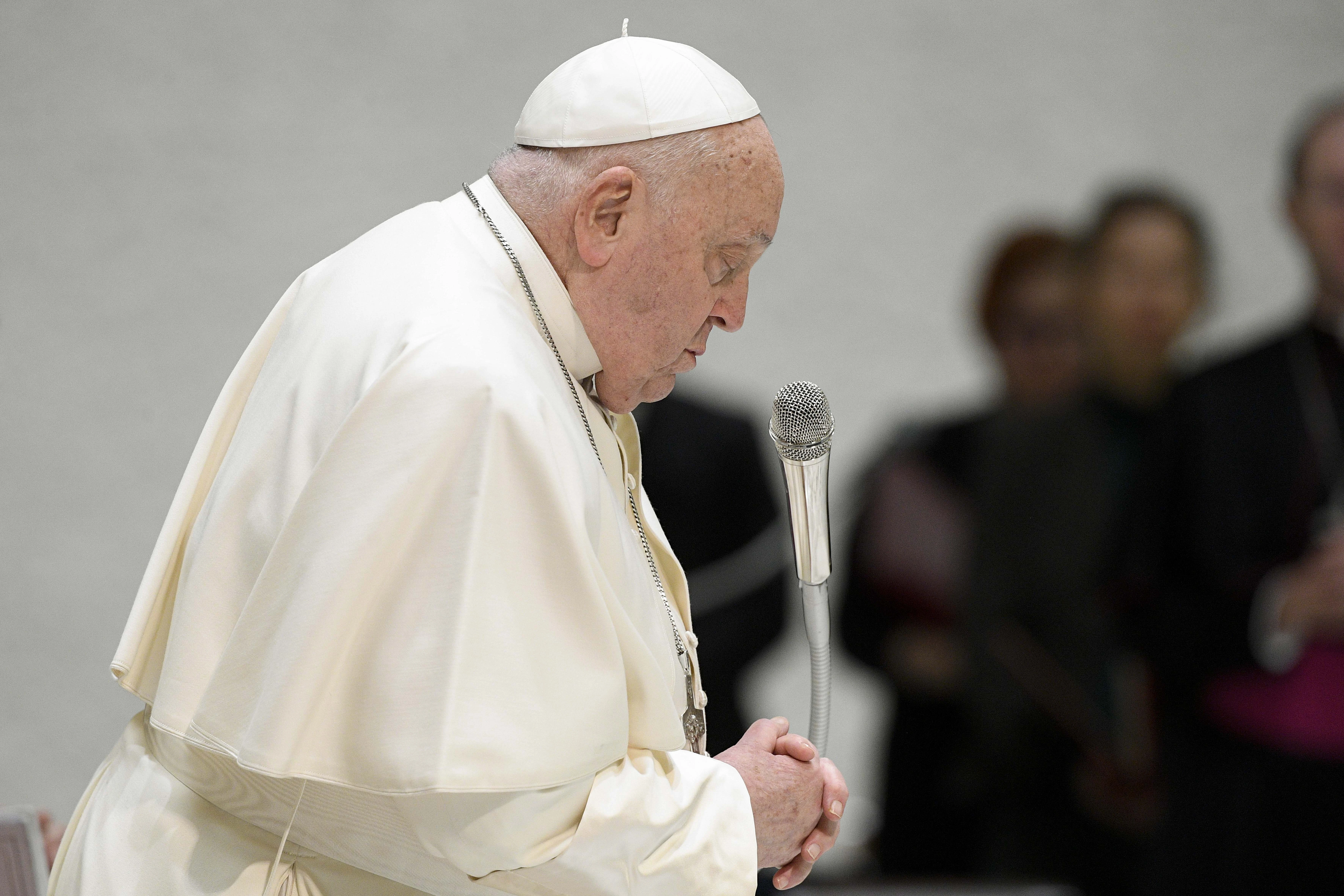St. Peter Damian in Dante and Music
950 years ago, in the night between 22 and 23 February 1072, at the age of 65 a great figure in the 11th century Church, who was a hermit, diplomat, theologian and poet, died of a sudden illness in Faenza, […] The post St. Peter Damian in Dante and Music appeared first on OnePeterFive.


950 years ago, in the night between 22 and 23 February 1072, at the age of 65 a great figure in the 11th century Church, who was a hermit, diplomat, theologian and poet, died of a sudden illness in Faenza, northeastern Italy: St. Peter Damiani.
Peter was born in Ravenna, northeastern Italy, in 1007 and, having lost his parents, he had his elder brother Damian, whose name he took, as his father. “A monk, a lover of solitude and at the same time a fearless man of the Church, committed personally to the task of reform, initiated by the Popes of the time.”[1] He had a formation in humanities before retiring at about 28 to the monastery of Fonte Avellana, in the central Apennines, and at 37 he became its prior, “content within my contemplative thoughts” (Paradiso 21.117). He collaborated with several Popes in the difficult task of reforming the Church both against the problem of ecclesiastical homosexuality (his Liber Gomorrhianus of 1049 is famous), and in favor of the freedom of the Church against the interferences of secular and imperial power. He met Hildebrand of Soana, Abbot of the Monastery of St Paul Outside-the-Walls in Rome and future Pope Gregory VII. At the age of 50 he was cardinal bishop of Ostia, seaport of ancient Rome. In 1828 he was proclaimed a Doctor of the Church by Pope Leo XII.
In the Paradiso (21.121-123, trans. Mandelbaum), Dante meets him, entertains and talks with him, before St. Benedict, the Founder of Western Monasticism:
There I was known as Peter Damian;
And, on the Adriatic shore, was Peter
The Sinner when I served Our Lady’s House.
In the seventh heaven, that of Saturn, Dante sees a very high and dazzling ladder, which refers to that humility drawn in the seventh chapter of the Benedictine Rule, with its twelve demanding steps. The Poet meets here the contemplative souls, very close to the heaven of the angels and very far from the earth. To one of these, who will present himself as our monk and cardinal, Dante asks the reasons for the silence that surrounds him in this heaven:
And tell me why the sweet symphony of Paradise
Is silent in this heaven, while, below,
It sounds devoutly through the other spheres.
Celestial music is still sung here, actually, but mortals cannot understand it (as they couldn’t understand Beatrice’s smile), since the presence of the monks is associated with silence:
‘Your hearing is as mortal as your sight;
Thus, here there is no singing,’ he replied,
‘And Beatrice, in like wise, did not smile’” (Par. 21.58-63).
St. Peter Damian as a politician, ecclesiastical reformer, refined poet, acute theologian is well known. The skilled composer of melodious rhythms is less known.[2] Some examples of the hymnodic production of our hermit and cardinal?
Aurora velut fulgida is the hymn for the Office of Readings on the Solemnity of the Assumption of the Blessed Virgin Mary (August 15). The debut immediately draws us into the supernatural: Mary carrying herself to the highest heaven, like a glittering dawn, shining like the sun, beautiful like the moon, sensibly represents the divine triumph. The hymnographer continues calling Mary Queen of the world, who ascends to the throne of glory, who has been assumed above the angels and transcends the merits of all the Saints, who contemplates in the glory of the Father the King the universe, whom she had warmed in her womb and had placed in the crib. The request to the Virgin of the virgins to pray her Son for us and praise to the Trinity conclude the hymn.
Gaudium mundi is the hymn for the Vespers (evening prayer) of the same solemnity. Here the author doesn’t present us the vision of the supernatural, but the celebration of the divine grace of the Virgin Mary. She, who is the joy of the world and the new star in the sky, is capable of bringing God to earth and men to heaven. The choir of the blessed angels, the host of prophets and apostles consider her worthy to precede them, second only to God, who in the end is exalted for having decided that she was our mother and queen.
Finally, the paracteric hymn (XCIII) dedicated to the Holy Cross Unica spes hominum. Unlike those of the liturgy of the hours, this is a processional hymn, which is sung while walking, with stanzas performed by a soloist and the refrain by the assembly. Since it came to us without a melody, it was “dressed” with that of the hymn to the cross by the Christian poet Venantius Fortunatus (530-607) Crux benedicta nitet, which has the same meter.[3]
“Paracteric” indicates that the even line ends as the beginning of the odd line, as seen in the first three stanzas that can be heard here: “1. Unica spes hominum, crux, o venerabile signum, / omnibus esto salus, unica spes hominum. // 2. Baiula tu pretii, quod mundi debita solvit, / quo meruit redimi, baiula tu pretii. / Unica spes hominum… / 3. Tartara victa tuis spolium cessere triumphis, / lugent vexillis Tartara victa tuis. / Unica spes hominum…”
Photo by Norris Niman on Unsplash
[1] Benedict XVI, General Audience, September 9, 2009.
[2] Cf. G. M. Dreves, Analecta Hymnica medii ævi, vol. 48, Leipzig 1905, pp. 29 ss.; the oldest manuscript containing some of the melodies is found in the Vatican Apostolic Library, Codex Vat. Lat. 3797, ff. 372-373.
[3] Cf. G. Baroffio, Proposte liturgico-musicali di testi patristici in M. Cortesi, Leggere i padri tra passato e presente, Sismel-Edizioni del Galluzzo, Florence 2010, pp. 99-100.
The post St. Peter Damian in Dante and Music appeared first on OnePeterFive.














